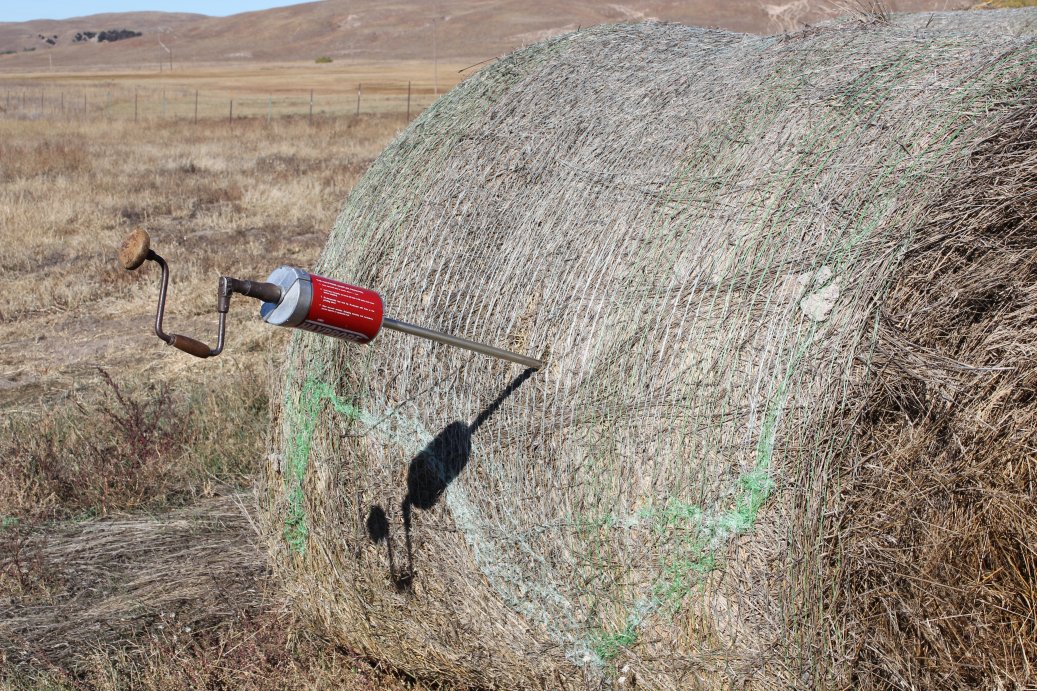
By Bruce Anderson, Nebraska Extension Forage Specialist
Will you feed cane, millet, or oat hay, or maybe corn stalk bales, to your cows this winter? If so, don’t let high nitrate levels kill your cows or cause abortions.
Nitrates occur naturally in all forages. At low levels, nitrates either are converted into microbial protein by bacteria in the rumen or they are excreted. But when nitrate concentrations get too high, they can kill cows and maybe abort calves.
When stress affects pasture and hay production, nitrates often reach potentially toxic levels. Some plants are more likely to be high in nitrates than others. Annual grasses like cane, millet, oats, and even corn often have elevated nitrate levels. Certain weeds like pigweed, kochia, and lambsquarter also can have elevated nitrate levels. If your hay has lots of these weeds or is an annual grass, be alert to the potential for high nitrates.
That doesn’t mean these feeds always are toxic, nor does it mean that high-nitrate hay can’t be fed safely. But always test these feeds for nitrates in a lab to determine how to feed them safely.
Remember, there are many ways to feed high nitrate hay safely. Diluting with grain or low nitrate forages is most common. Frequent, small meals that slowly increase the amount of nitrate fed helps cattle adapt to high nitrate hay. And make sure cattle have plenty of clean, low nitrate water at all times.
Nitrates cause deaths most often after animals have been prevented from eating naturally for a day or more, like after a snow storm. Avoid feeding high or even marginally high nitrate hay at this time because cattle will eat an extra large meal when very hungry. This could create an overload of nitrates to their system, leading to death.
More details about nitrates in forages are available in a NebGuide at your local extension office or online http://extensionpublications.unl.edu/assets/pdf/g1779.pdf to help you feed safely.